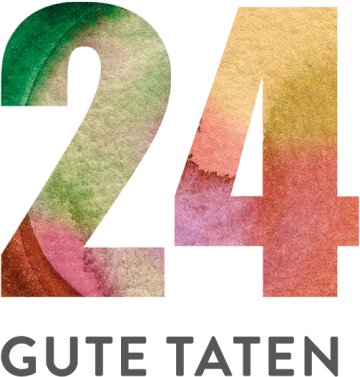Day 1
4.5 hours of protecting a Kazakh wild donkey through GPS
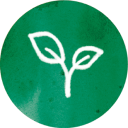 A collar that saves lives
A collar that saves lives
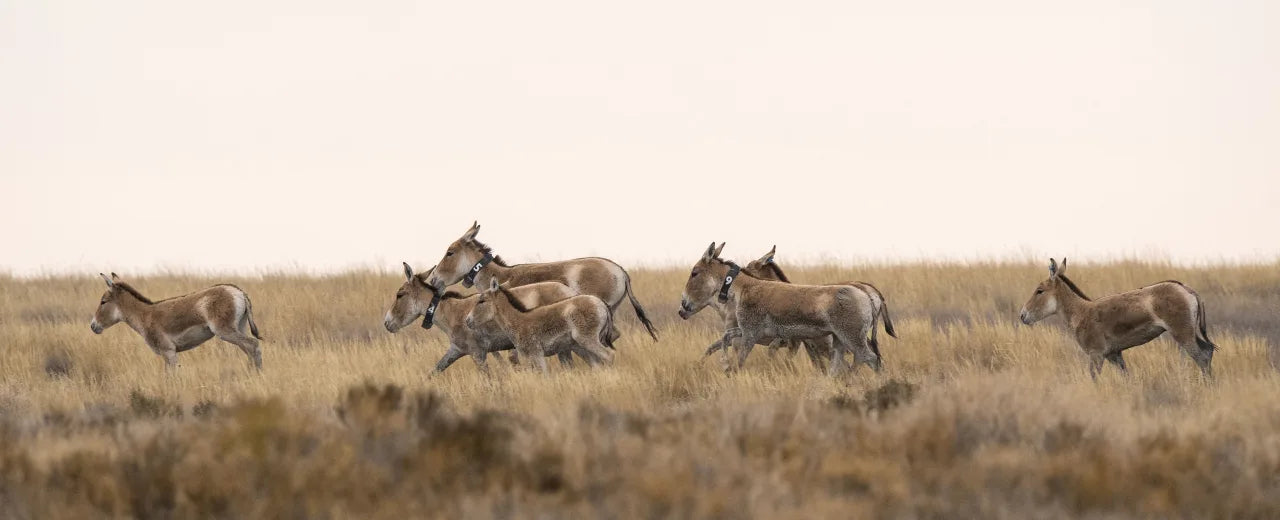
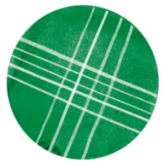
The donkey has landed: Kulans return to the steppe

Dr. Dag Encke presents his favorite project
need
Protecting newly settled kulans from poaching
activity
Local NGO puts collars with GPS transmitters on kulans so rangers can observe and protect the animals in the vast steppes
Measurable performance
Number of kulans that can be more effectively protected from poaching by GPS signals
Result
The chances of survival of wild donkeys are improving significantly because the animals can be protected more effectively from poaching
Systemically relevant impact
Successful, long-term reintroduction of kulans in Central Kazakhstan and stabilization of the steppe ecosystem
background
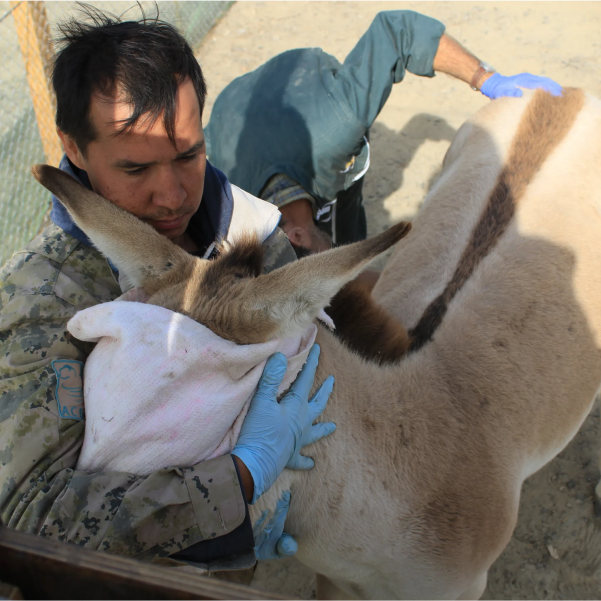
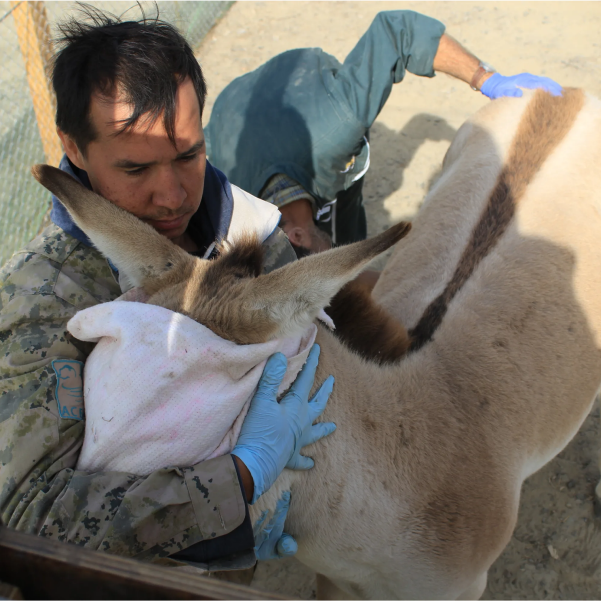
The Good Deed
About Kazakhstan

Astana
Capital city

19,621,97
Population

11,243.7
Gross domestic product
per capita per year

0.811
Human Development Index
(Human Development Index)
